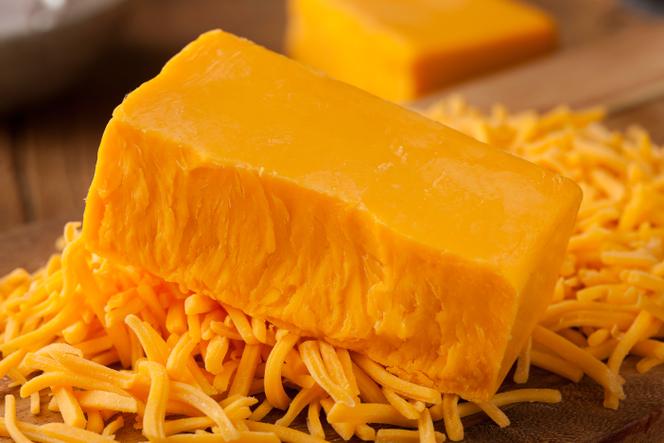


Buttery notes and nutty nuances: Every cheese flavor is the result of a close collaboration between microorganisms during its production. A study published on December 21 in Nature Communications has examined the role of these interactions in cheddar's distinct taste. Like other fermented foods, it is the product of the activity of several bacteria, but it's the addition of a commercial starter culture that determines its texture and flavor. The scientific team led by Danish researcher Chrats Melkonian tested different batches of cheddar over a year, varying the combinations of two bacteria used in the food industry, Streptococcus thermophilus and Lactococcus.
"The study shows the construction of microbial interactions. To my knowledge, no other research has explored this subject in this level of detail," emphasized Anne Thierry, from the Science and Technology of Milk and Eggs (STLO) unit at the Brittany-Normandy center of the National Research Institute for Agriculture, Food and the Environment (INRAE).
Milk, the raw ingredient of cheese, is a rich medium containing various proteins and peptides, fat and other nutrients. During its transformation into cheese, a gigantic network of interactions is created. In their search for the origins of cheddar's taste, the scientists focused on this bacterial activity.
Three levels of interaction were identified. Firstly, between S. thermophilus and Lactococcus. The former plays a crucial role: "The presence of S. thermophilus was found to benefit both the growth of the Lactococcus community and the final metabolic profile of the cheddar cheese," the study highlighted.
By conducting an experiment in which S. thermophilus was absent, the researchers observed significant differences in the concentration of milk sugars such as lactose and galactose. In the absence of this bacterium, the lactose was not fully consumed, and galactose was simply not produced at all. These results underline the importance of this bacterium in the fermentation process, showing its direct influence on the flavor properties of cheese.
The study went a step further by looking at different Lactococcus subspecies. "These strains have a lot in common, but at the bacterial level, small genomic differences can be of major importance in fermented food products," explained Thierry. This is the second level of interaction the study described.
The study focused on two subspecies, L. lactis and L. cremoris. S. thermophilus has a specific interaction with each of them, and they, in turn, interact with each other: It's enough to give non-specialists quite a headache!
You have 35% of this article left to read. The rest is for subscribers only.
